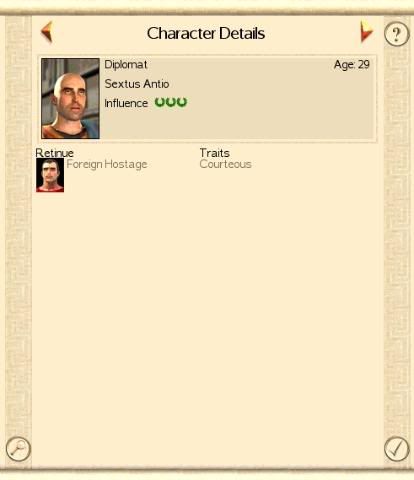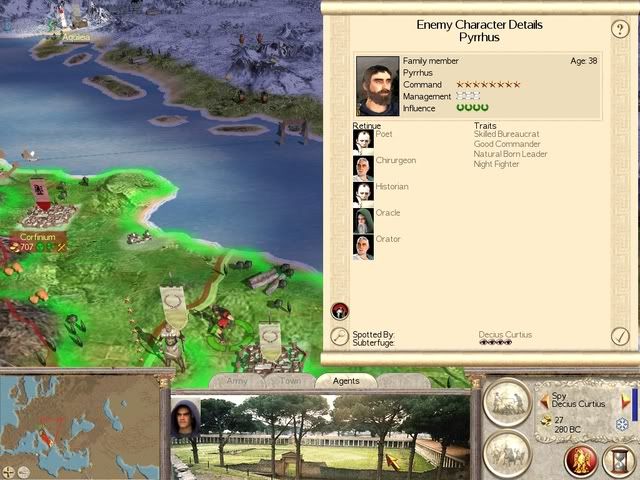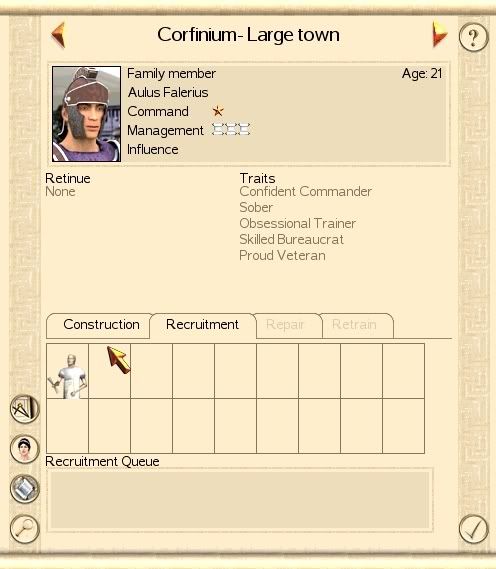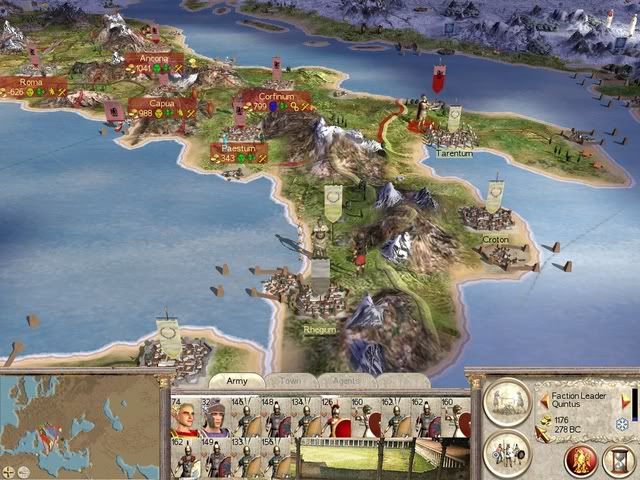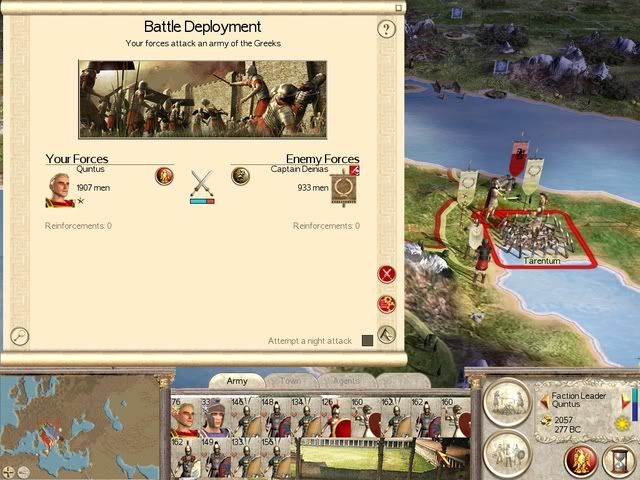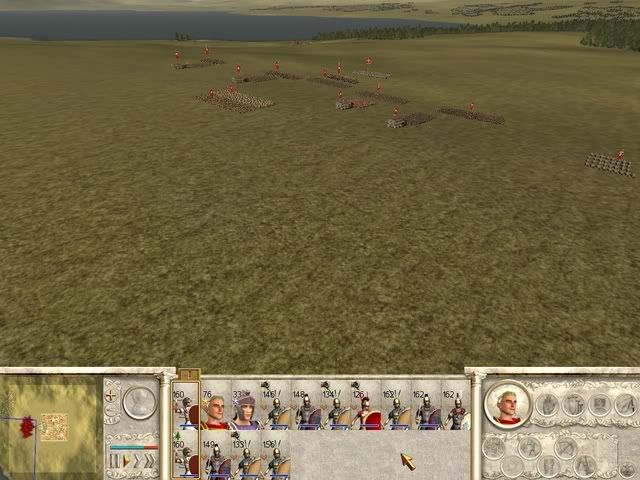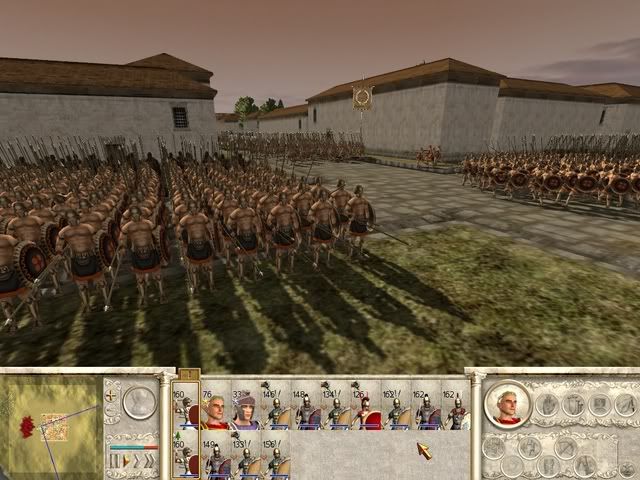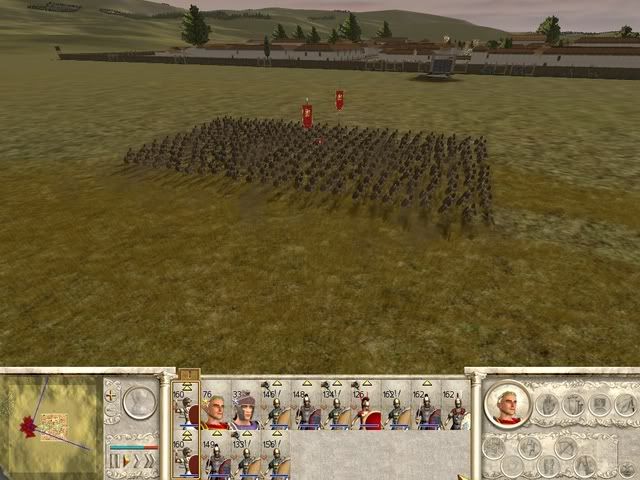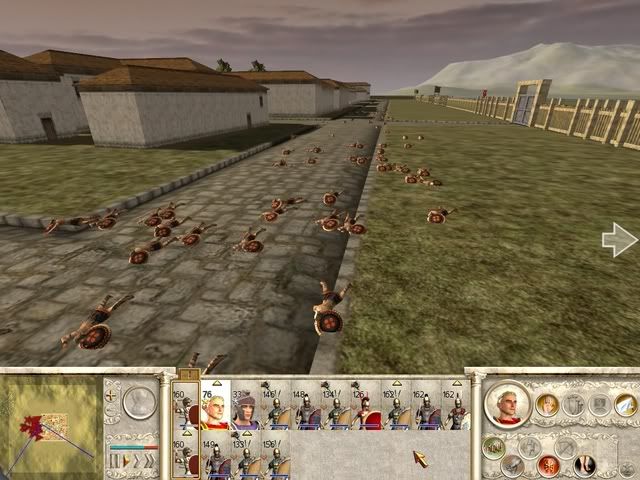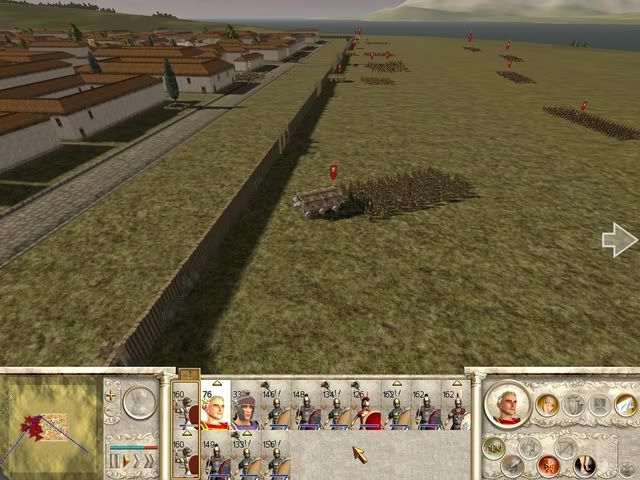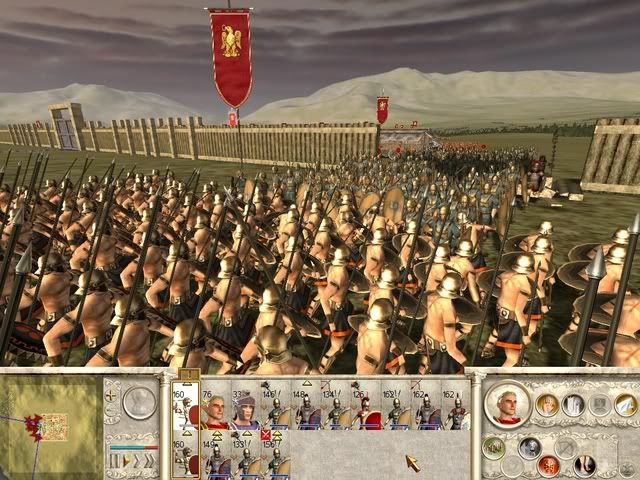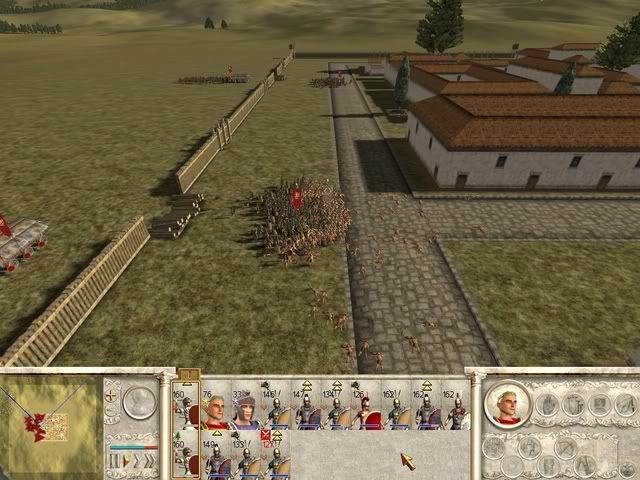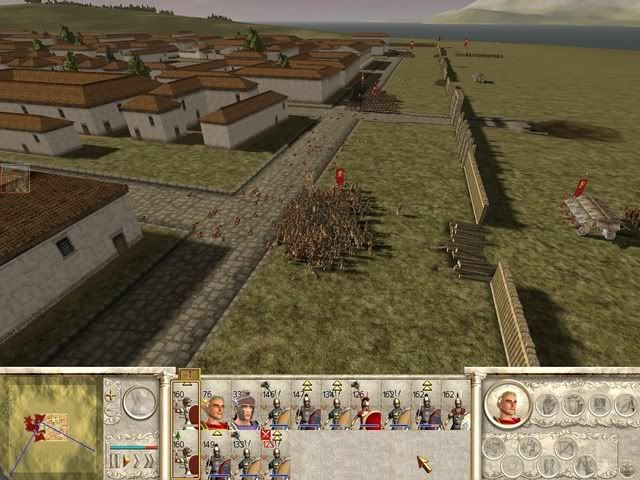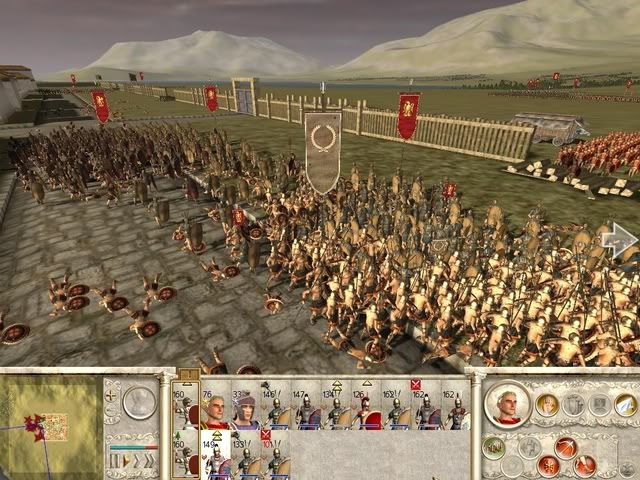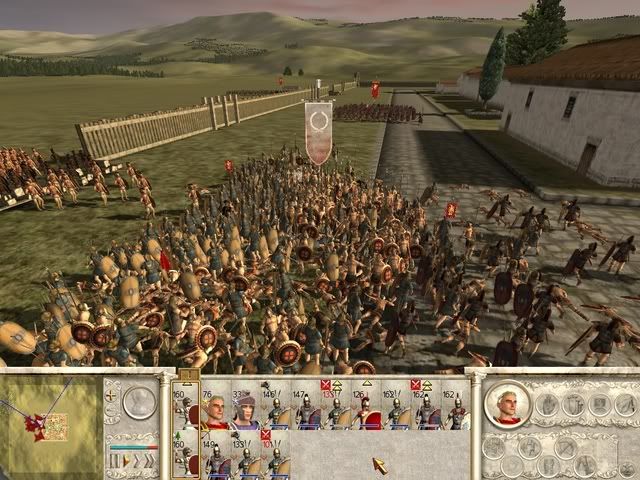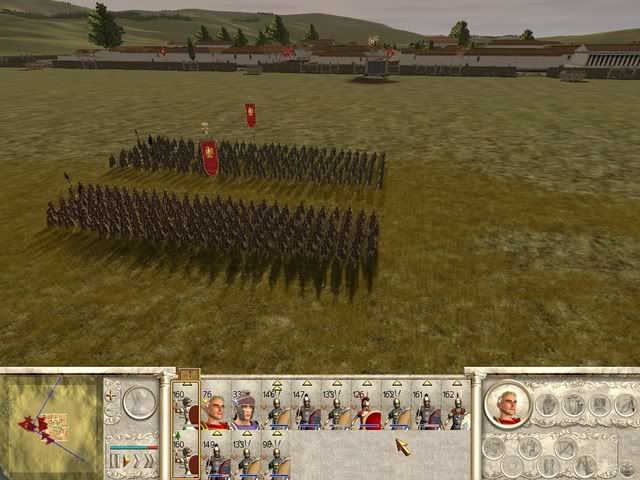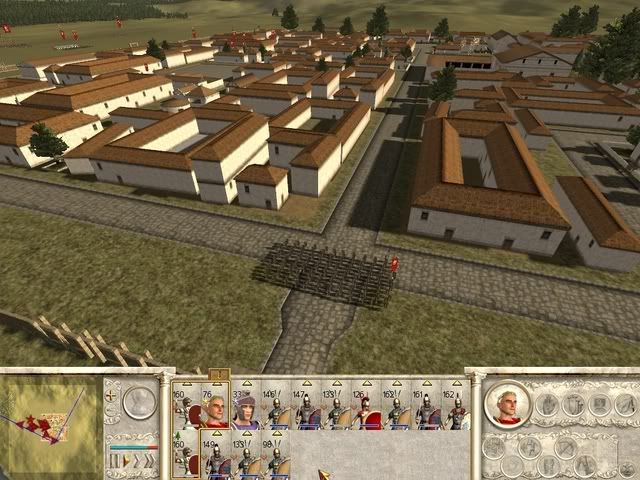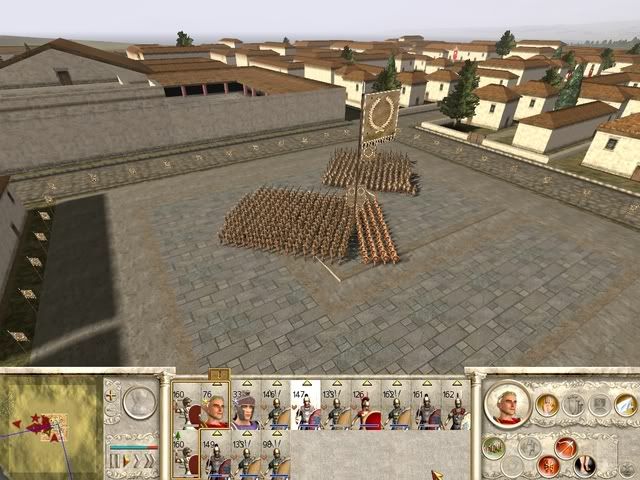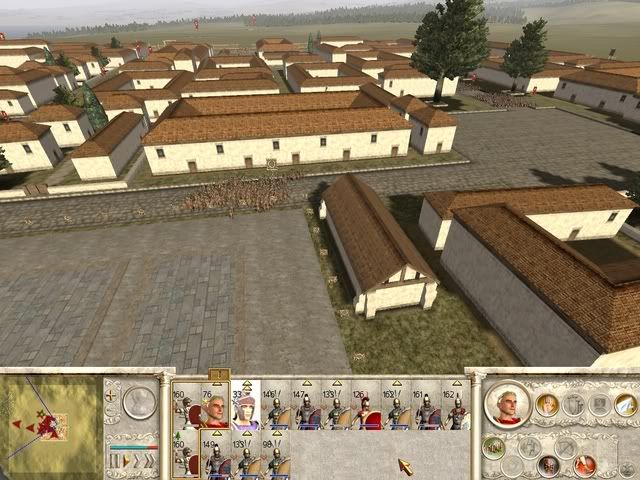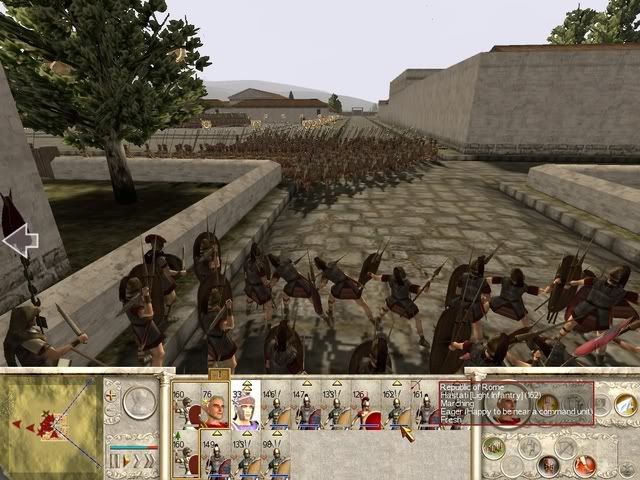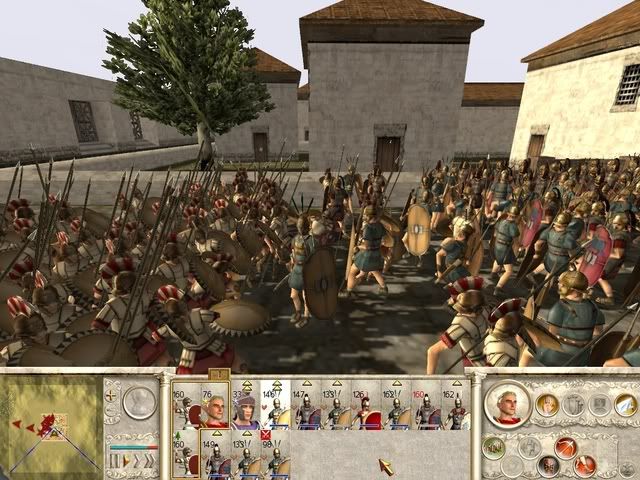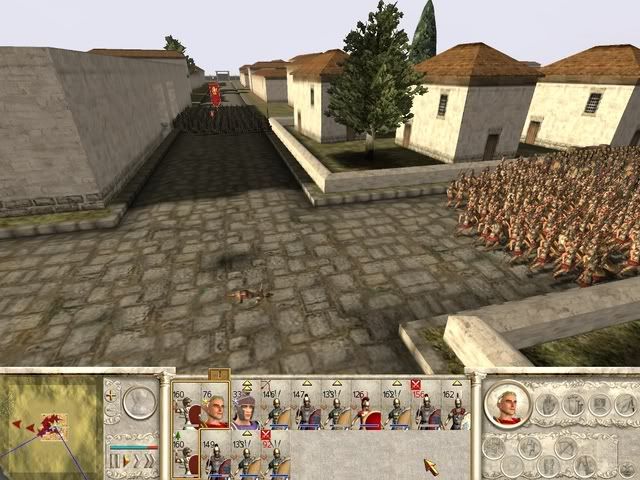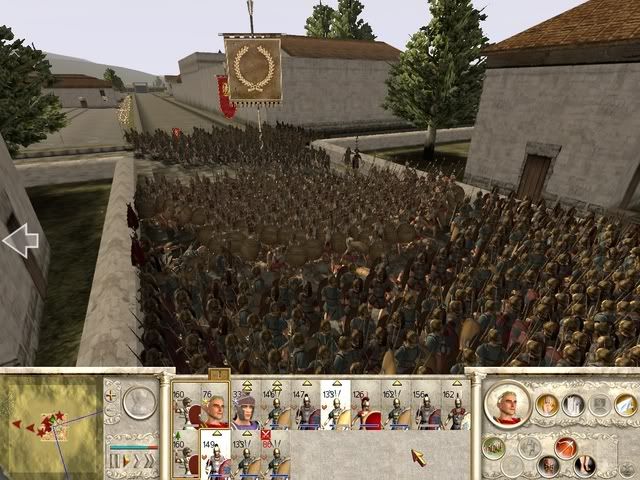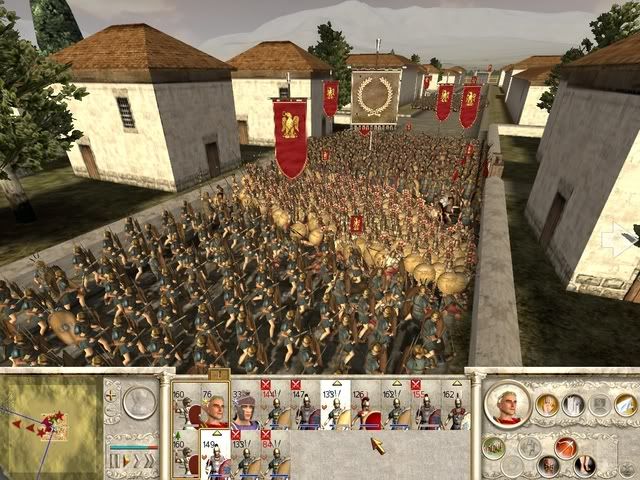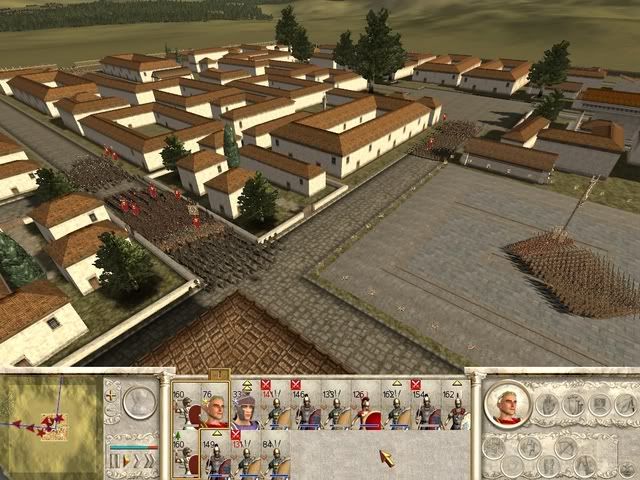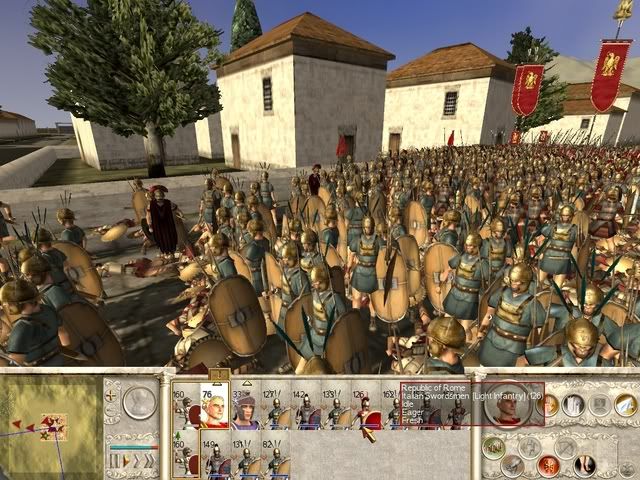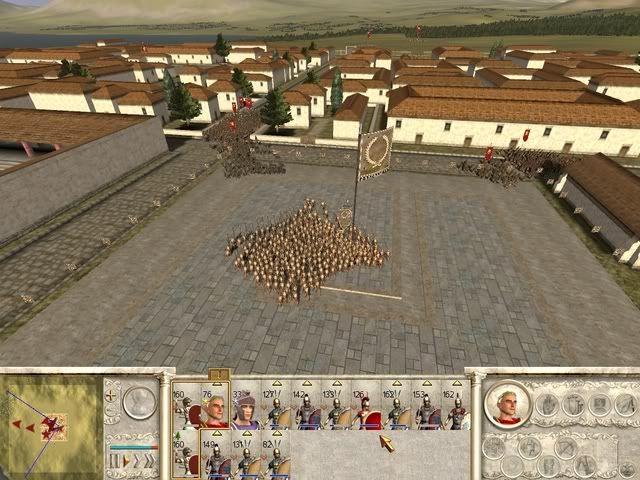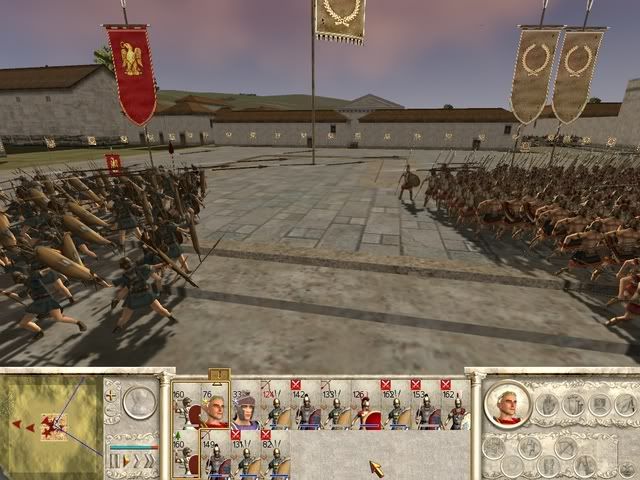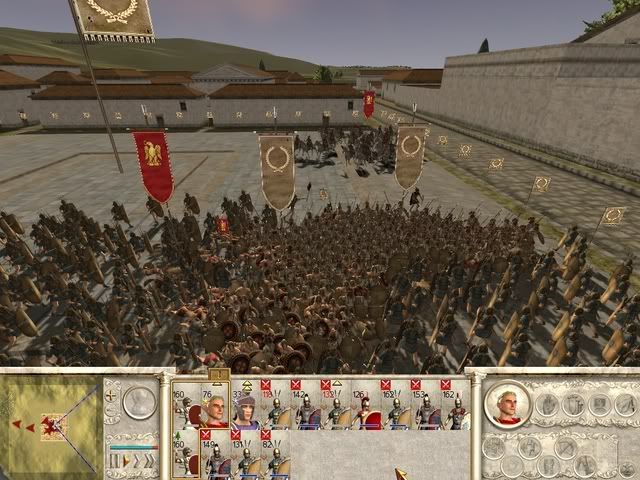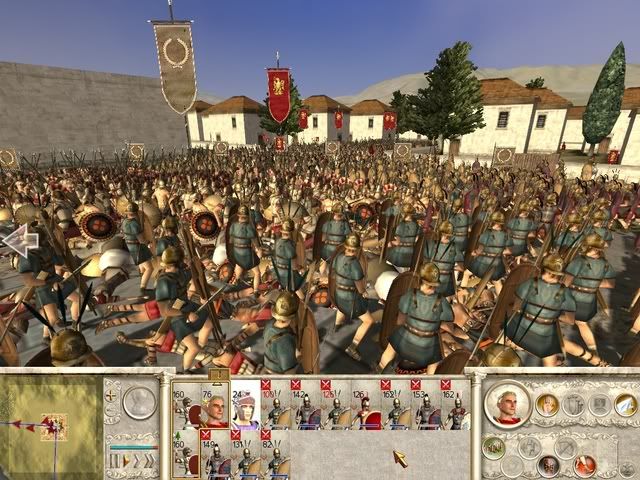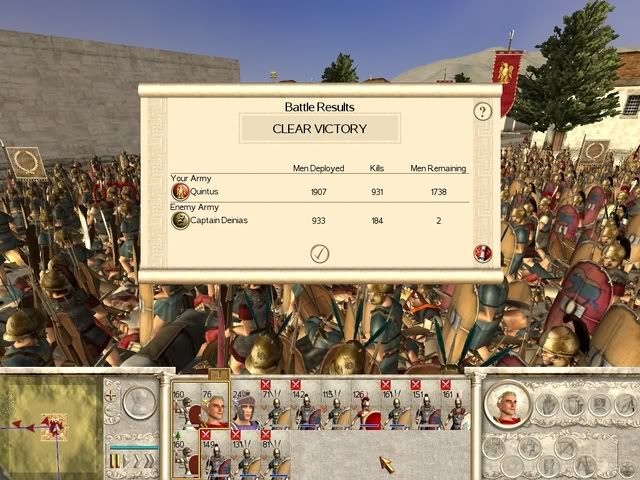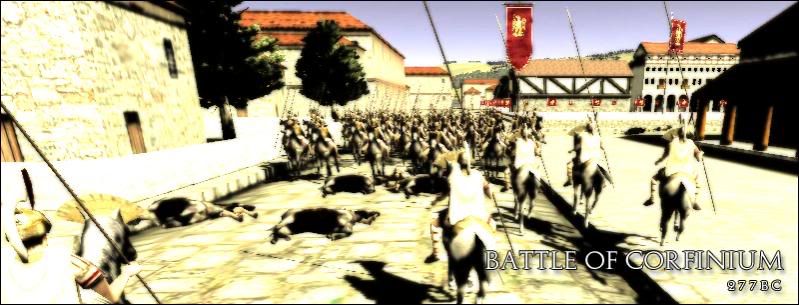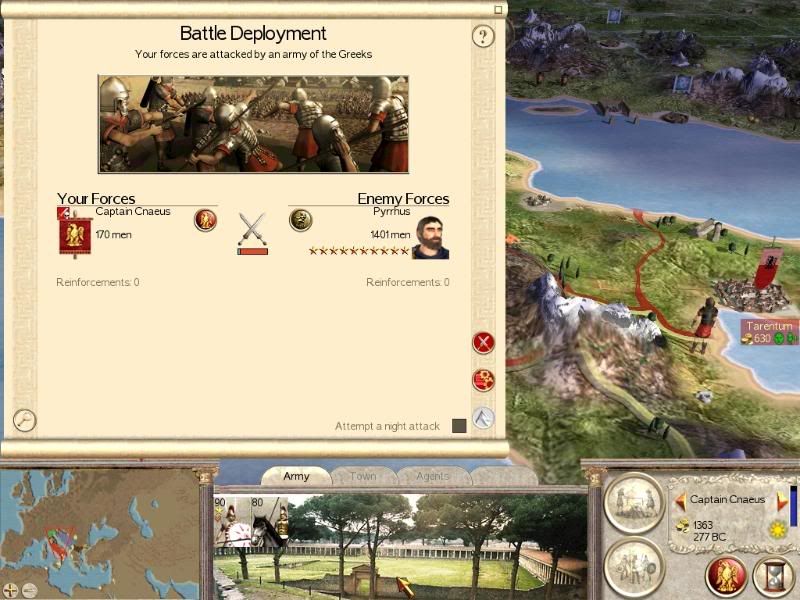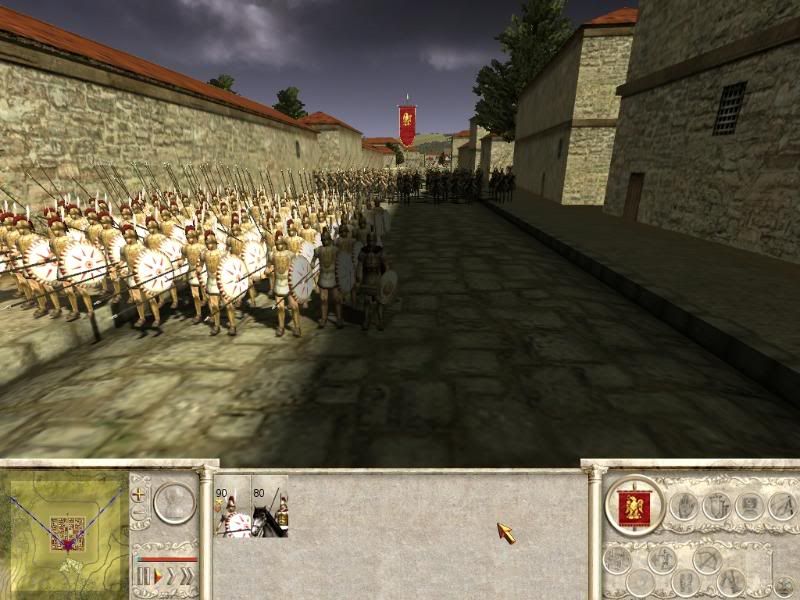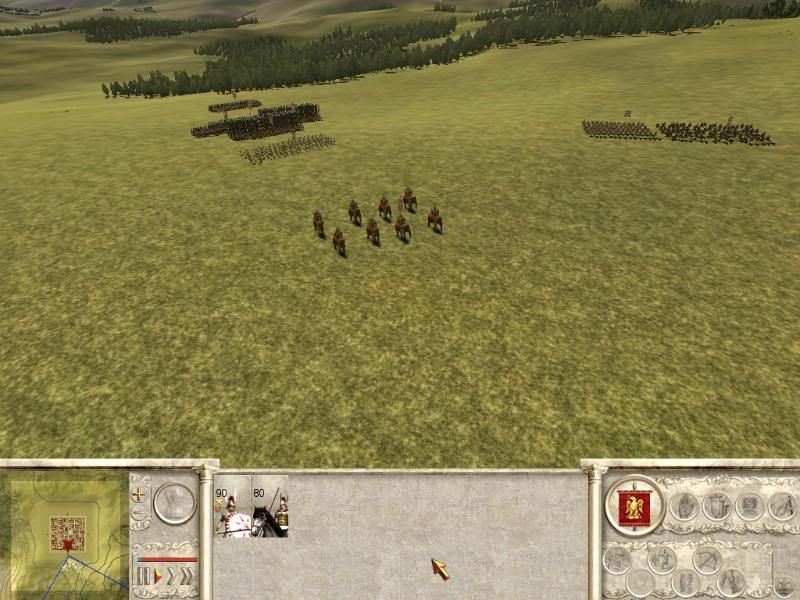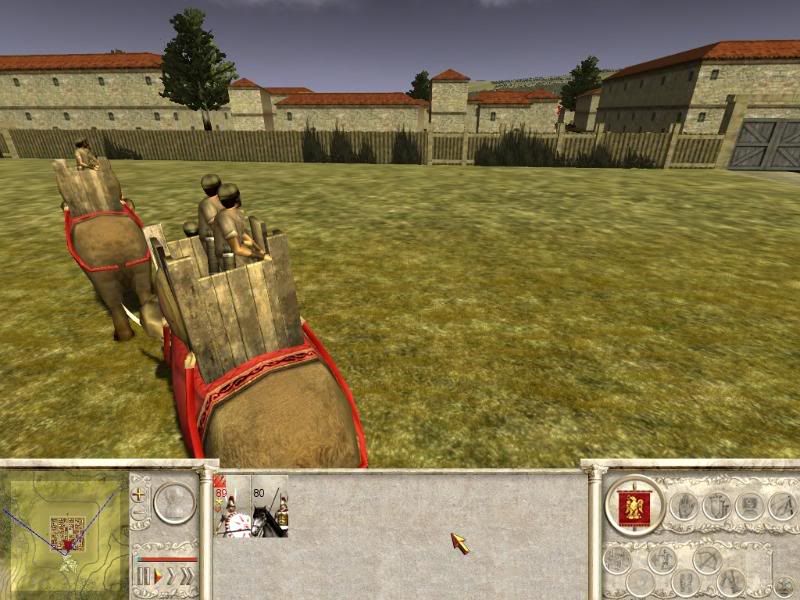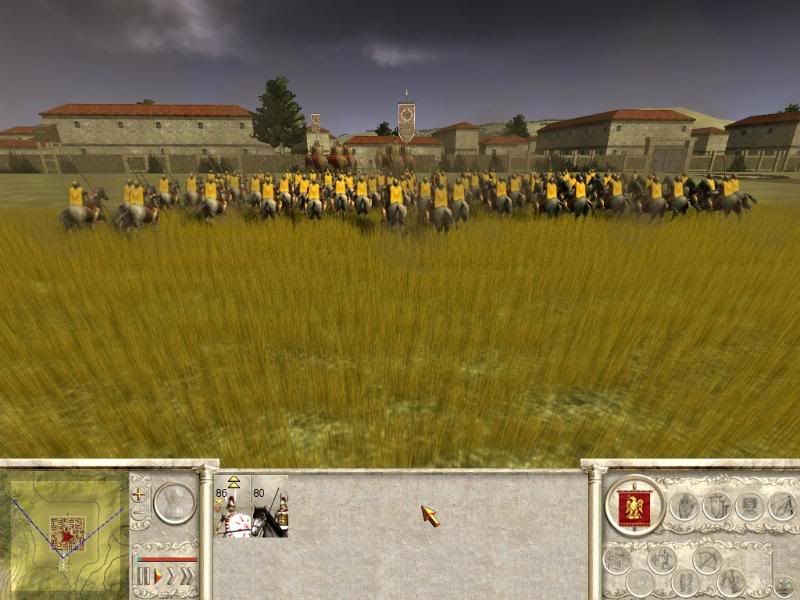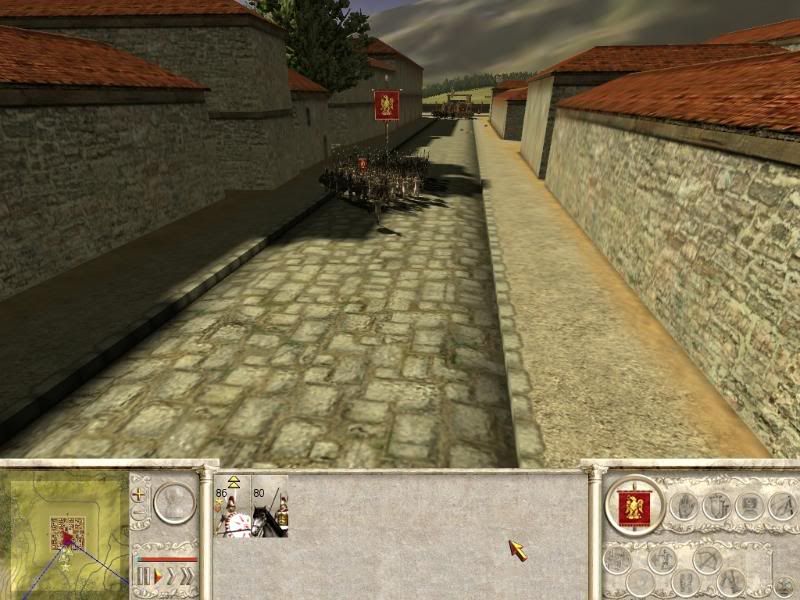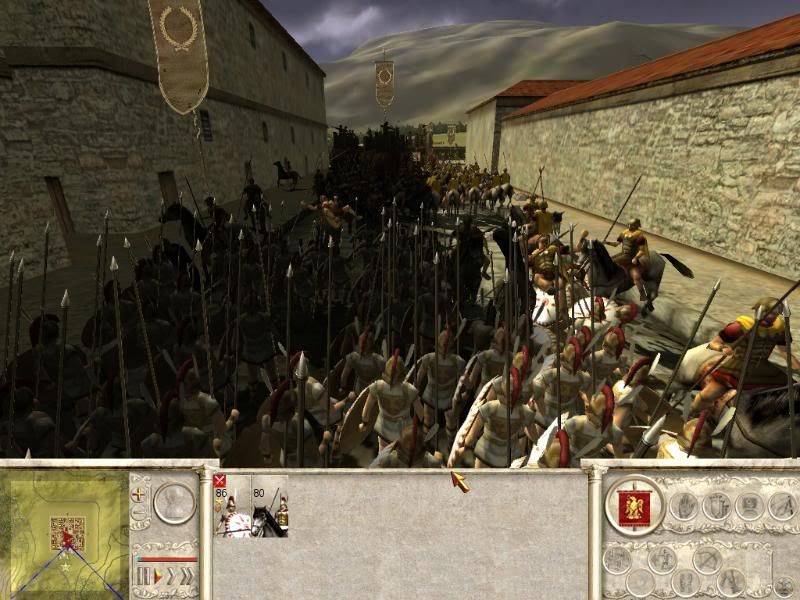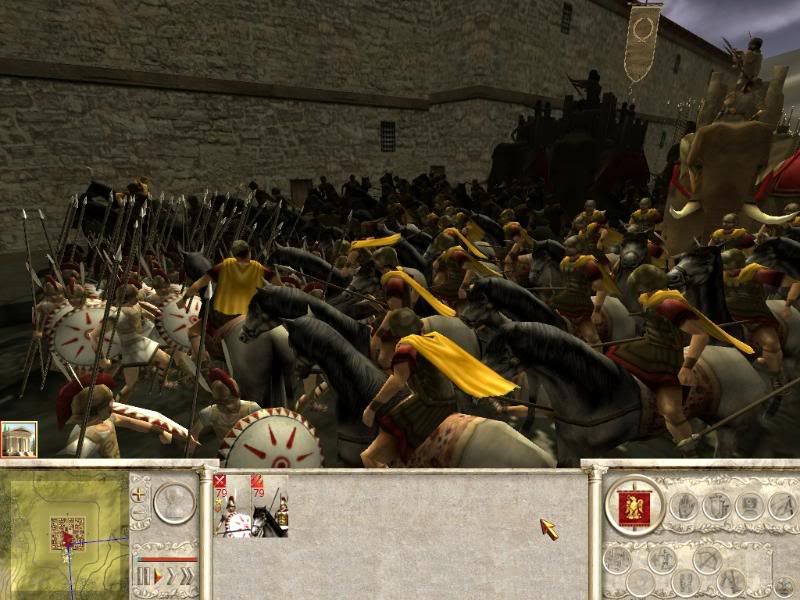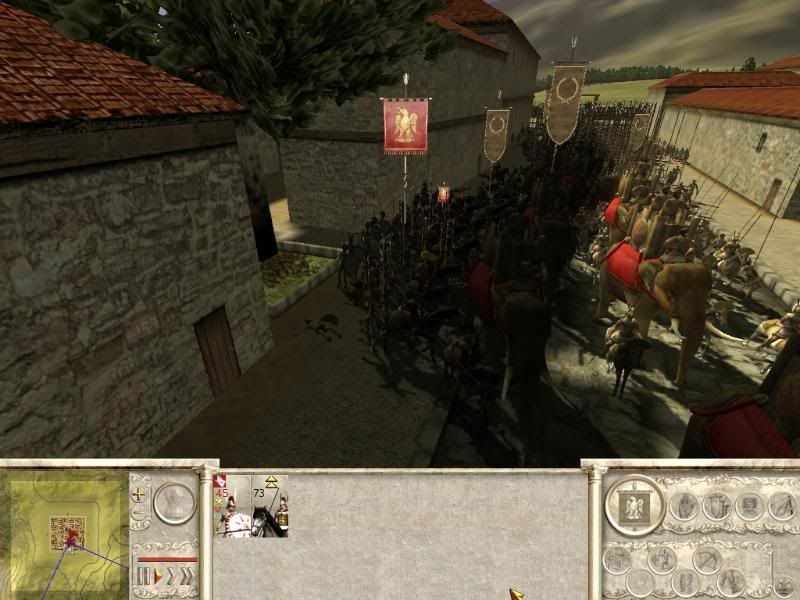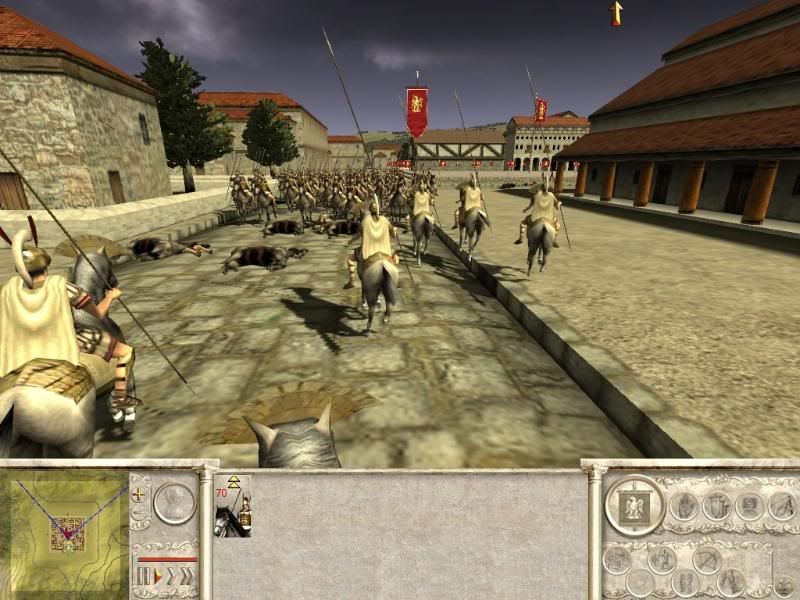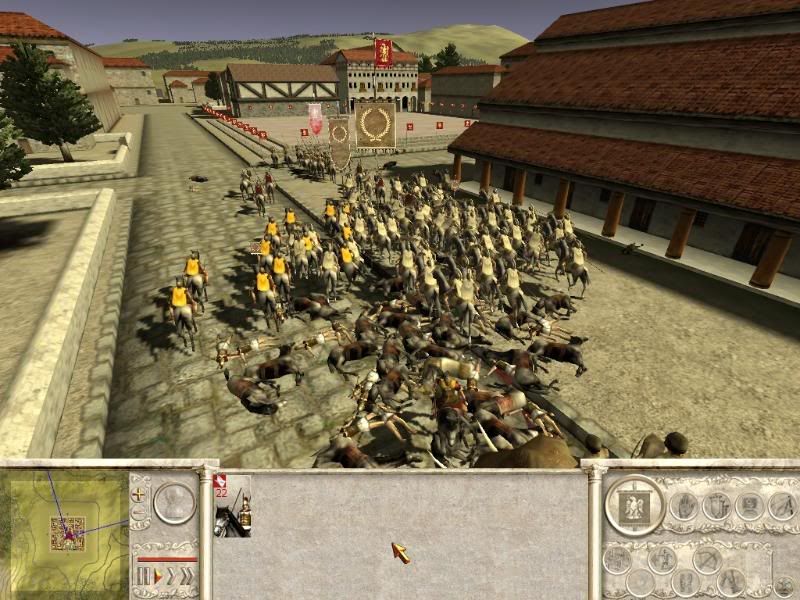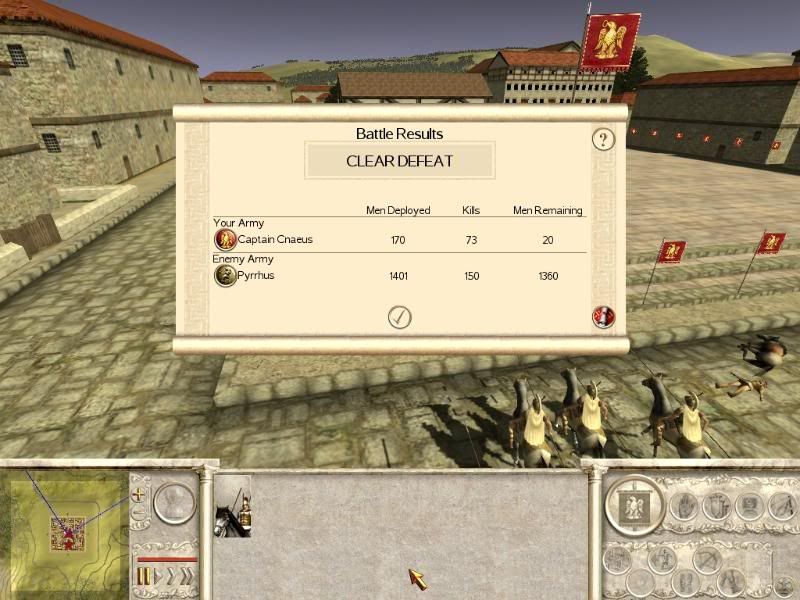277 BC
Summer
Emperor Quintus had taken the city of Tarentum, but now had Pyrrhus on his doorstep, his expectation was that he would try and take Tarentum back by force and so play into the Emperor’s hands. Pyrrhus being the great general and logistician that he was, was one step ahead. As opposed to advancing on Tarentum he attacked Corfinium to the north, which had remained badly protected ever since it had been vacated by the Emperor many months before after its conquest. The Emperor’s force was sluggish to react and did not hear of Pyrrhus plan until he had closed on the city ready for an attack. The city would have to defend from Pyrrhus.
Battle of Corfinium
IMPERIO ROMANA LED BY CAPTAIN CNAEUS
170 MEN
V
THE GREEK CITIES LED BY PYRRHUS
1401 MEN
Battle Outset
The soldier stationed at Corfinium would have to face overwhleming odds to defeat Pyrrhus. The likelihood going into this battle is that they would be defeated, but they know that every man that they kill now, will be less work when a relieving force finally arrived.
The Battle
The small number of troops inside Corfinium, knew that many of them would die by the end of the day. Captain Cnaeus placed his men in the main road to the town square, his lack of soldiers was best concentrated in the centre where they could be multiplied to assentuate the force of spear and horse availiable
Meanwhile outside the gates Pyrrhus army laid out in a disorganised manner
Pyrrhus brought with him to the battle, powerful beasts from the east.
These beasts had on their backs archers and from an incredible distance they began to pepper the Roman spearmen with arrows, making them fall back even further into the town square.
The beasts began to charge at the pallisade wall, damaging it. Pyrrhus’ beast were the reason that he was able to mount an attack on Corfinium within a few days of besieging the settlement.
The elephants create an awful dust as they begin to slowly plough down the pallisade wall. Good Romans will have to fight their way into the enemy.
As a breach is made, Pyrrhus sends forward his most mobile troops, his cavalry supported by the elephant archers that had just done so much damage to the walls of corfinium
Cnaeus personally leads forward his spearmen, into the horse, looking to make take an early advantage.
The battle is fierce, and the horse take heavy casualties at the hands of the Roman spearmen, but with the elephant beasts attacking also, the spearmen also take heavy casualties.
The spearmen slowly get forced against the walls of the buildings, making it harder to wield the spears, but the true resolve of these heroic Romans is commendable as they fight on.
Cnaeus is cut down, and the unit of spearmen, who had held for so long lose their resolve to fight and begin to flee and rout in every direction, the fleeing troops are shown no mercy by Pyrrhus as they are cut down from behind.
The last charde of Corfinium cavalry takes place as they crash into their opposite Greek counterparts, they make little progress as the elephant scare the horse.
The Roman cavalry flee and quickly surrender, the battle is over.
Pyrrhus has his inevitable victory and takes the settlement of Corfinium, his cunning as a General is talked about by Romans for times to come, but sooner or later he would have to take on the Emperors force for control of the archipelago.
Glad your enjoying the story ManonFire



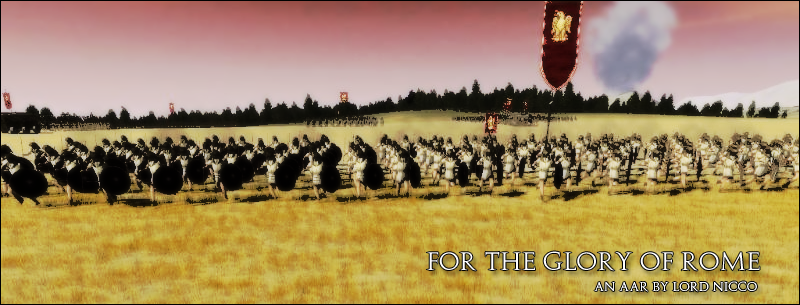

 Reply With Quote
Reply With Quote


















































